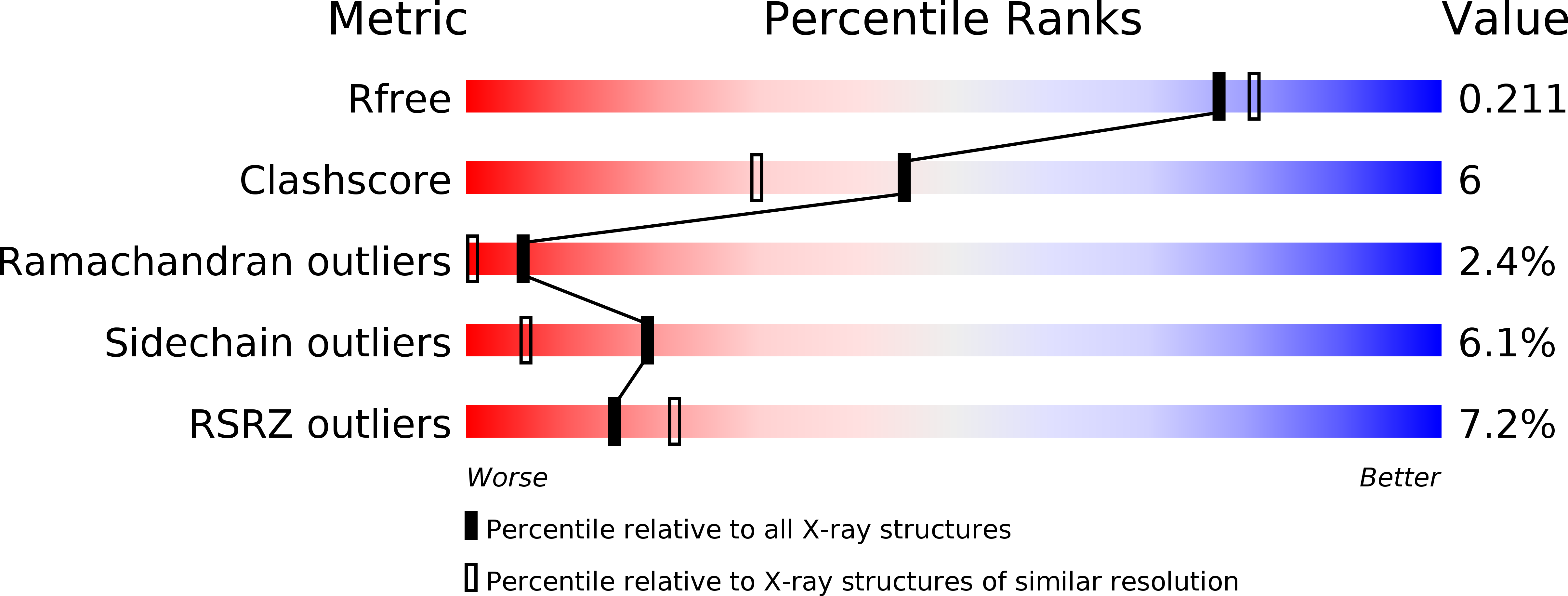
Deposition Date
2013-05-11
Release Date
2013-08-07
Last Version Date
2023-09-20
Entry Detail
PDB ID:
4KOA
Keywords:
Title:
Crystal Structure Analysis of 1,5-anhydro-D-fructose reductase from Sinorhizobium meliloti
Biological Source:
Source Organism:
Sinorhizobium meliloti (Taxon ID: 266834)
Host Organism:
Method Details:
Experimental Method:
Resolution:
1.93 Å
R-Value Free:
0.20
R-Value Work:
0.15
R-Value Observed:
0.16
Space Group:
C 2 2 21


